When people first think of Cuba, the pictures of the bright classic cars and the colorful colonial buildings come to mind. Yet there’s so much more to Cuba if you are willing to venture outside of Havana. Look past the obvious and venture into a new territory, you’ll be able to capture something truly unique. Something truly ‘Cuba’.
It has some of the greenest, untouched landscapes, stunning wildlife and some of the most beautiful beaches in the world. Best part is, there are no venomous critters, very few biting insects, next-to-no personal security issues and fantastic Cuban people to make your stay amazing. So let’s look at closely what makes Cuba a Nature Photographer’s Paradise.
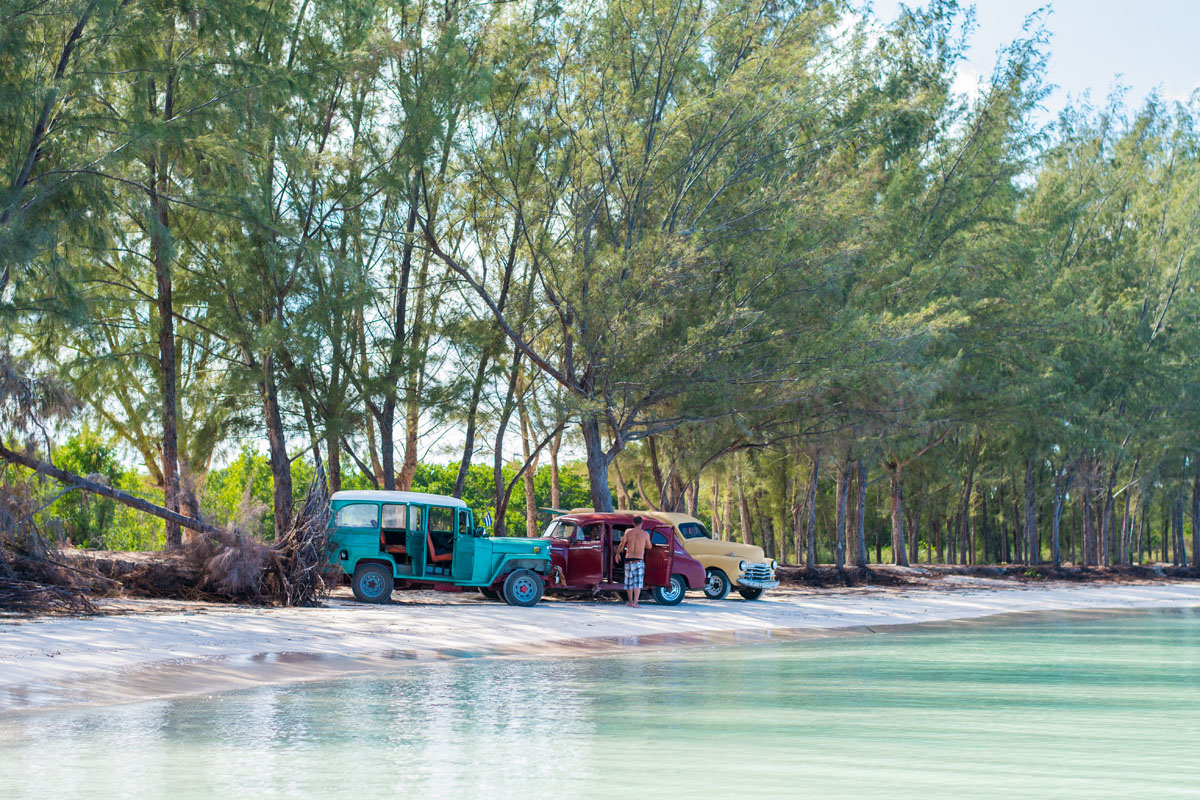
Large Number of Endemic Birds
Cuba is the largest island in the Caribbean and is also the ornithologically richest. The island has an exciting avifauna, with no fewer than 28 endemics and one near-endemic (about half of which are considered endangered). And just like the classic cars and the stunning buildings, the birdlife is just as vibrant.
You will find beauties like the Cuban Trogon, that is Cuba’s national bird as it’s colors resemble the Cuban flag and its fighting spirit is like the Cuban people. Then there is the spectacular Cuban Tody, Fernandina’s Flicker and the Oriente Warbler, just to name a few. Cuba’s endemics are incredibly unique; many species are in their own genera and even in their own families.
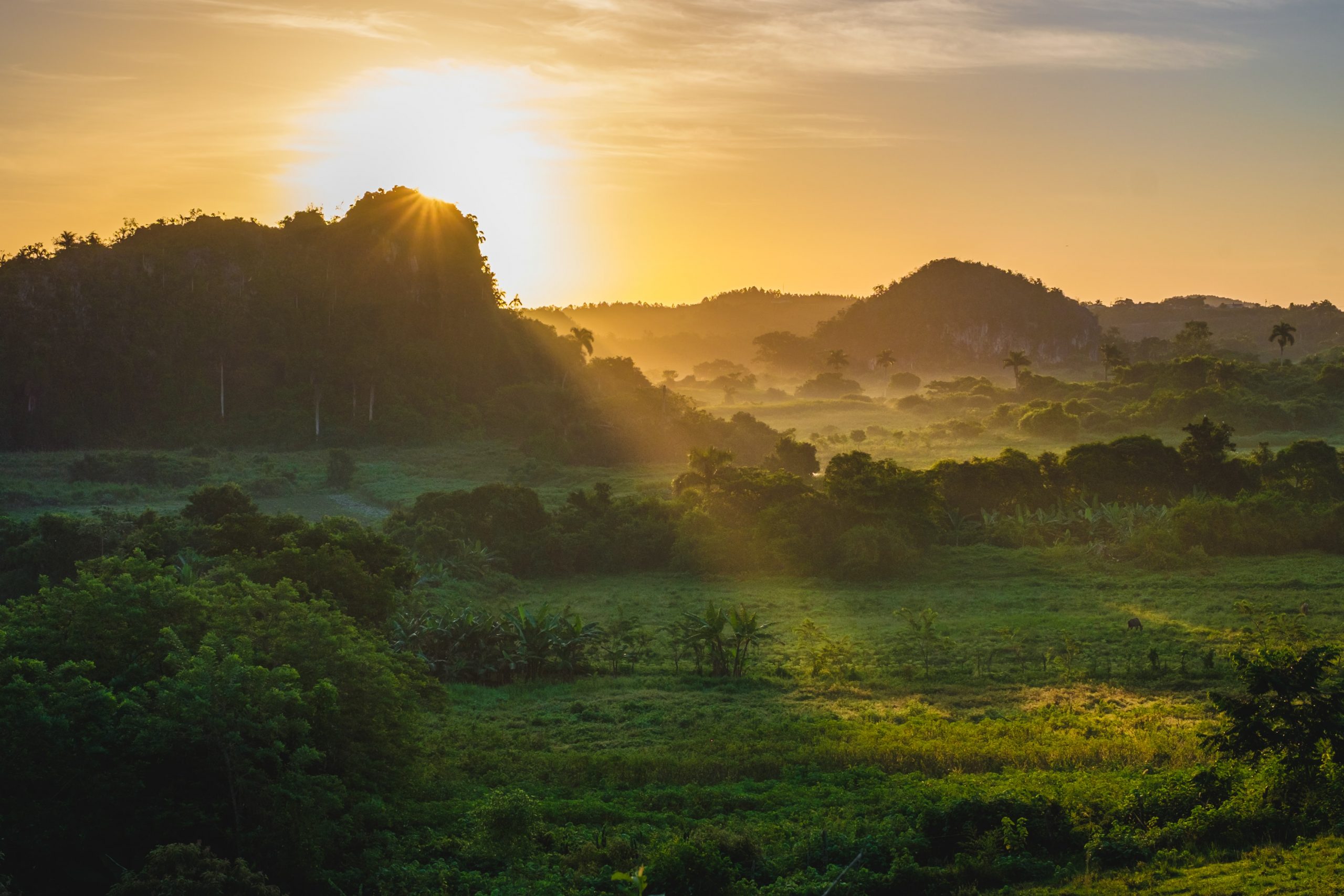
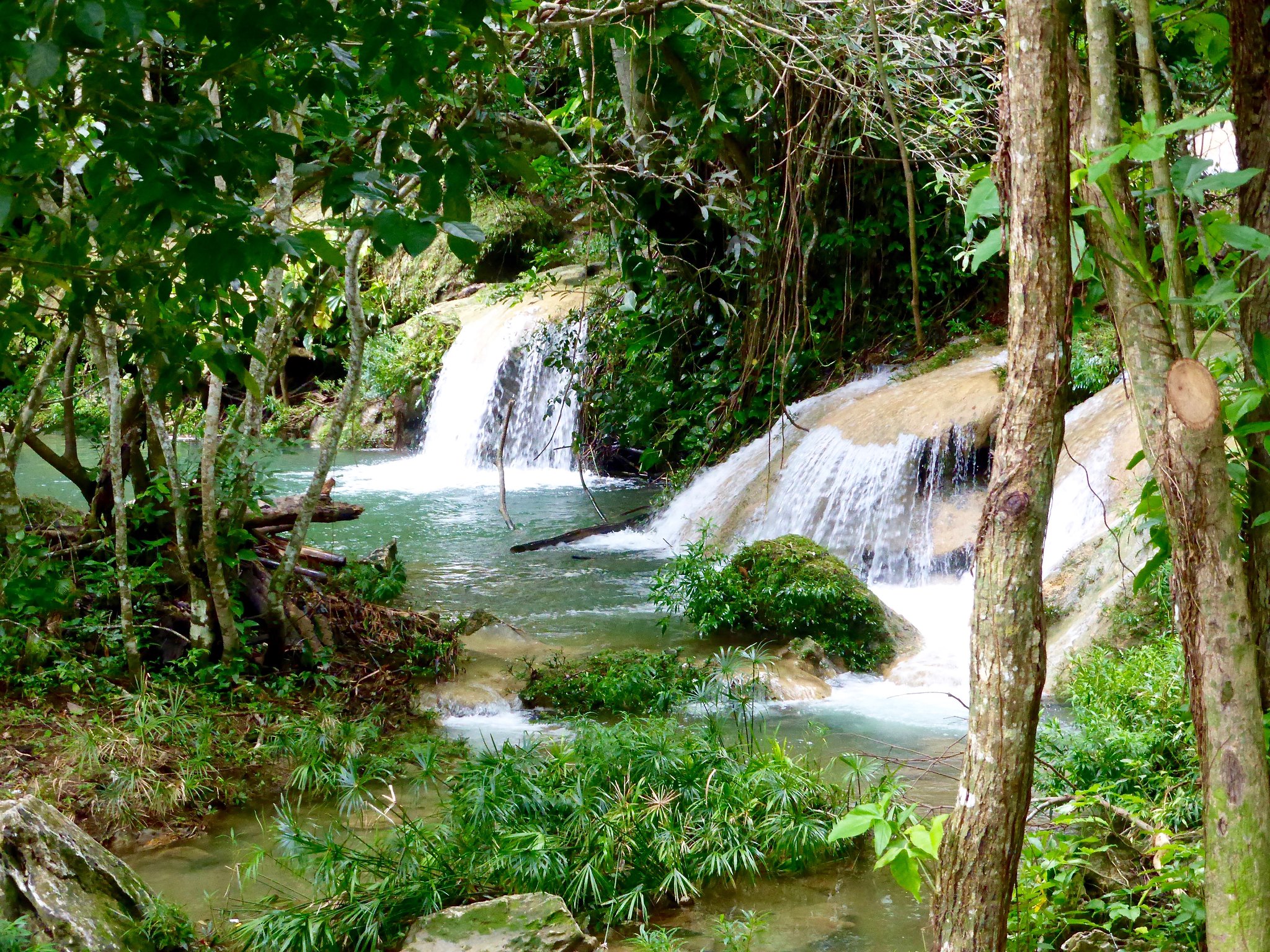
UNESCO Biosphere Reserves
About 12% of Cuba is protected and is recognised by UNESCO. These are well worth a visit. The most notable is the Zapata Swamp or Cienaga de Zapata. The ecological fragility of the ecosystems has led to an intense effort toward conserving biodiversity and natural resources. The region was established as a UNESCO Biosphere Reserve in 2001, and it remains one of the Carribean’s most untamed, least inhabited regions.
It is one of the key habitats we visit as part of our Cuba Photography Tours and birding tours, because it houses the country’s most important bird species, like the endemics Zapata Wren, Zapata Sparrow and the virtually flightless and critically endangered Zapata Rail.
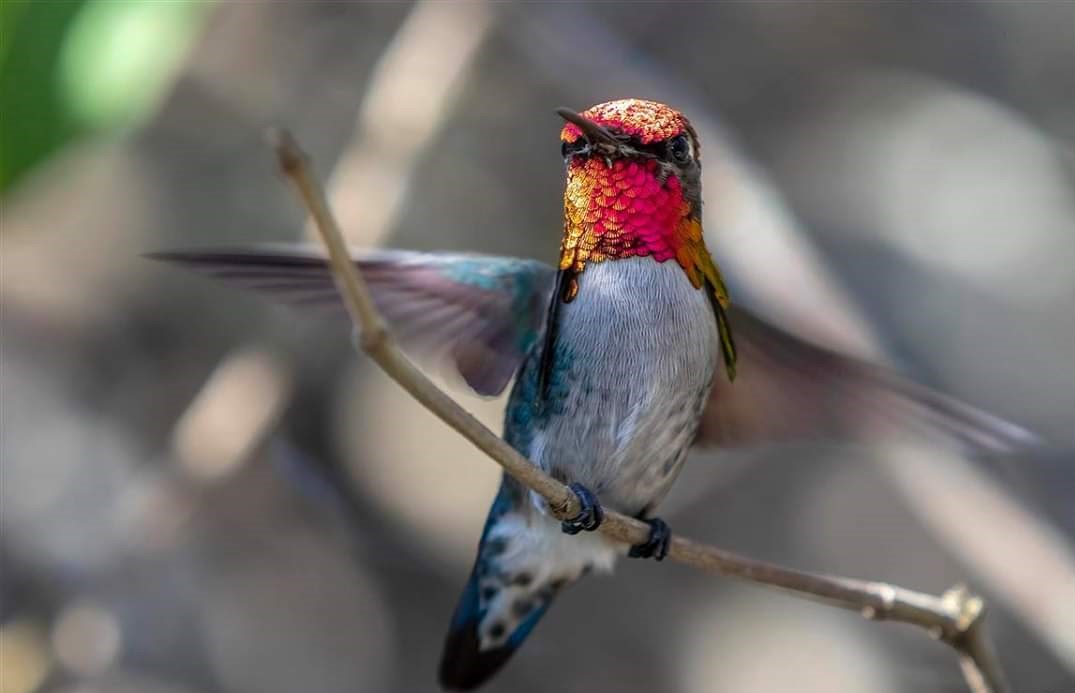
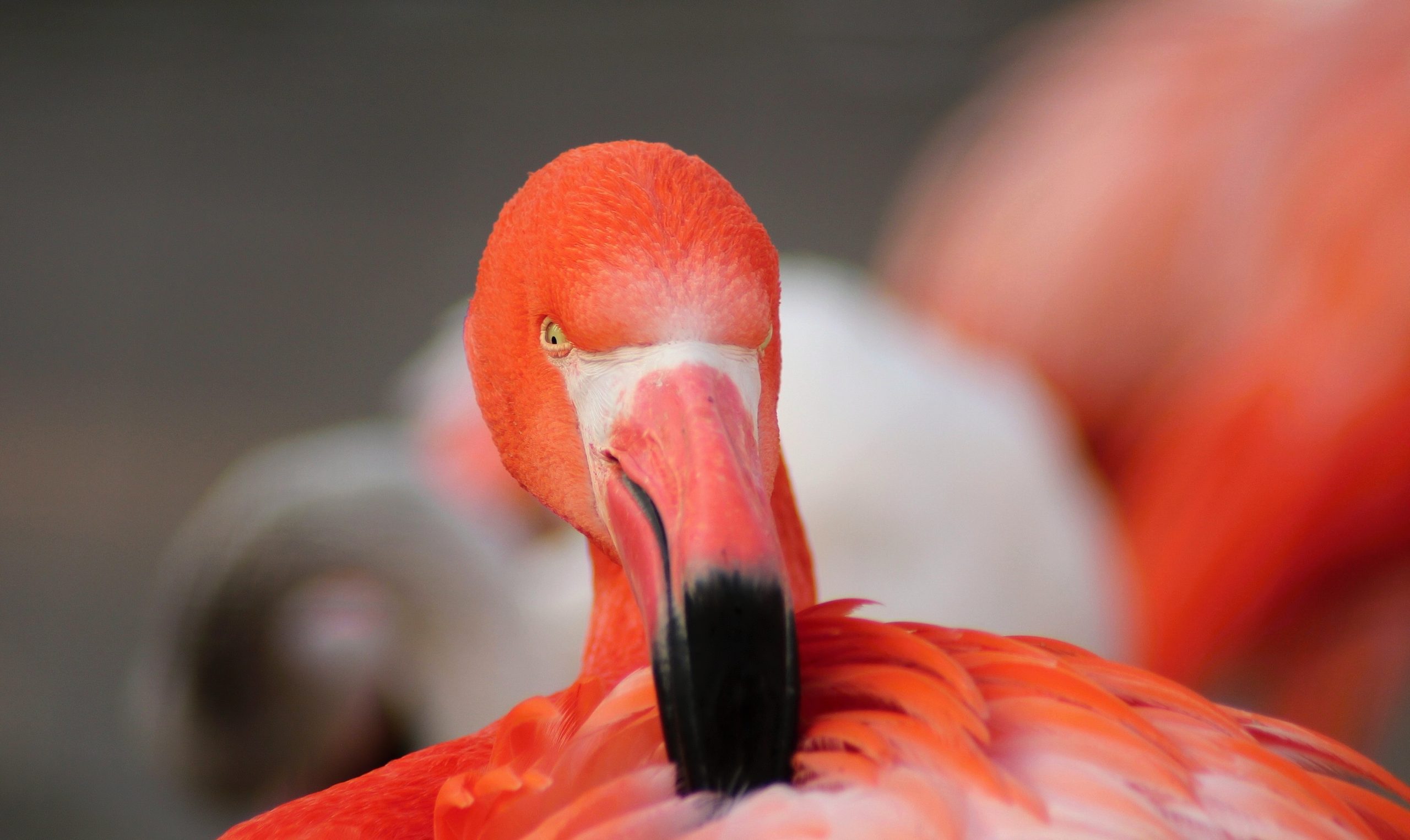
The Amazing Pink Flamingos
Cuba has around 70,000 nesting Flamingos and countless chicks, the largest colony in the Western Hemisphere. You can find them on the Cienaga de Zapat or the Caguanes National Park. You can find them leisurely fishing, making the most of their long legs giving them the advantage to see the fish and just dip their black beak in the water to leisurely pull one out. Although they do prefer to eat shrimp, which is where they get their greatly admired pink coloring.
There are of course plenty more reasons, the cultural experience, the amazing food, the magical rhythms and the perfect weather are just to name a few.
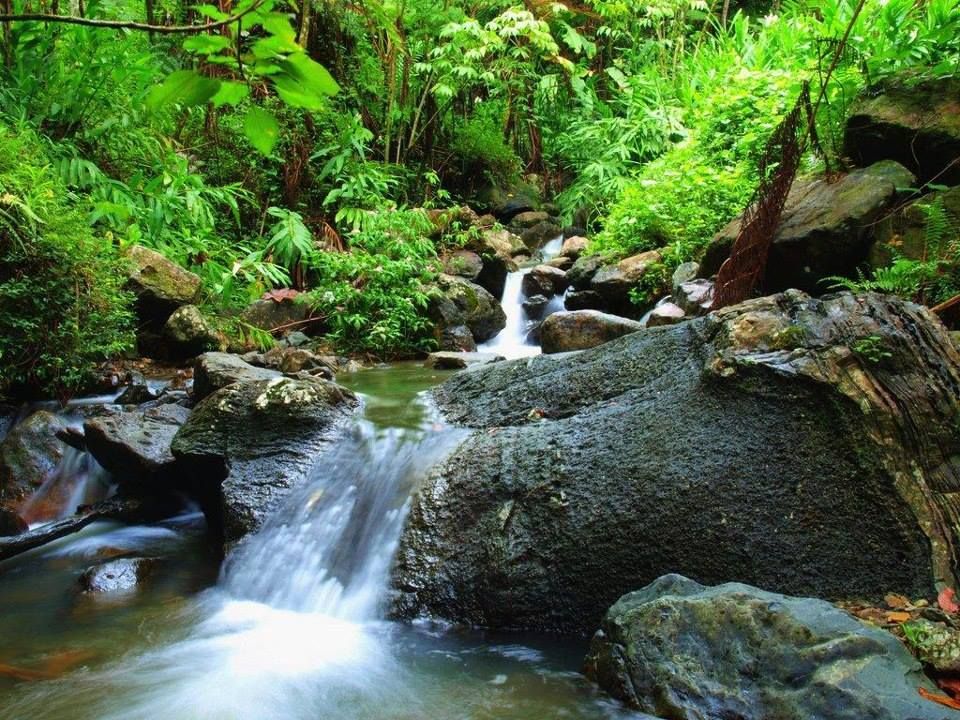
Pristine Waterfalls
Cuban waterfalls are just as stunning as the better known formations around the world. Usually hidden in isolated parts of the country, away from the hustle and bustle of the large cities and towns, these waterfalls offer you the chance to see another side of the island nation. These beautiful formations are refreshing to dive into on a hot Cuban summer, tranquil when listening to the rhythm flowing water, and a visual feast for the eye.
Check our Small Group Tours for Nature Photography Itineraries!


